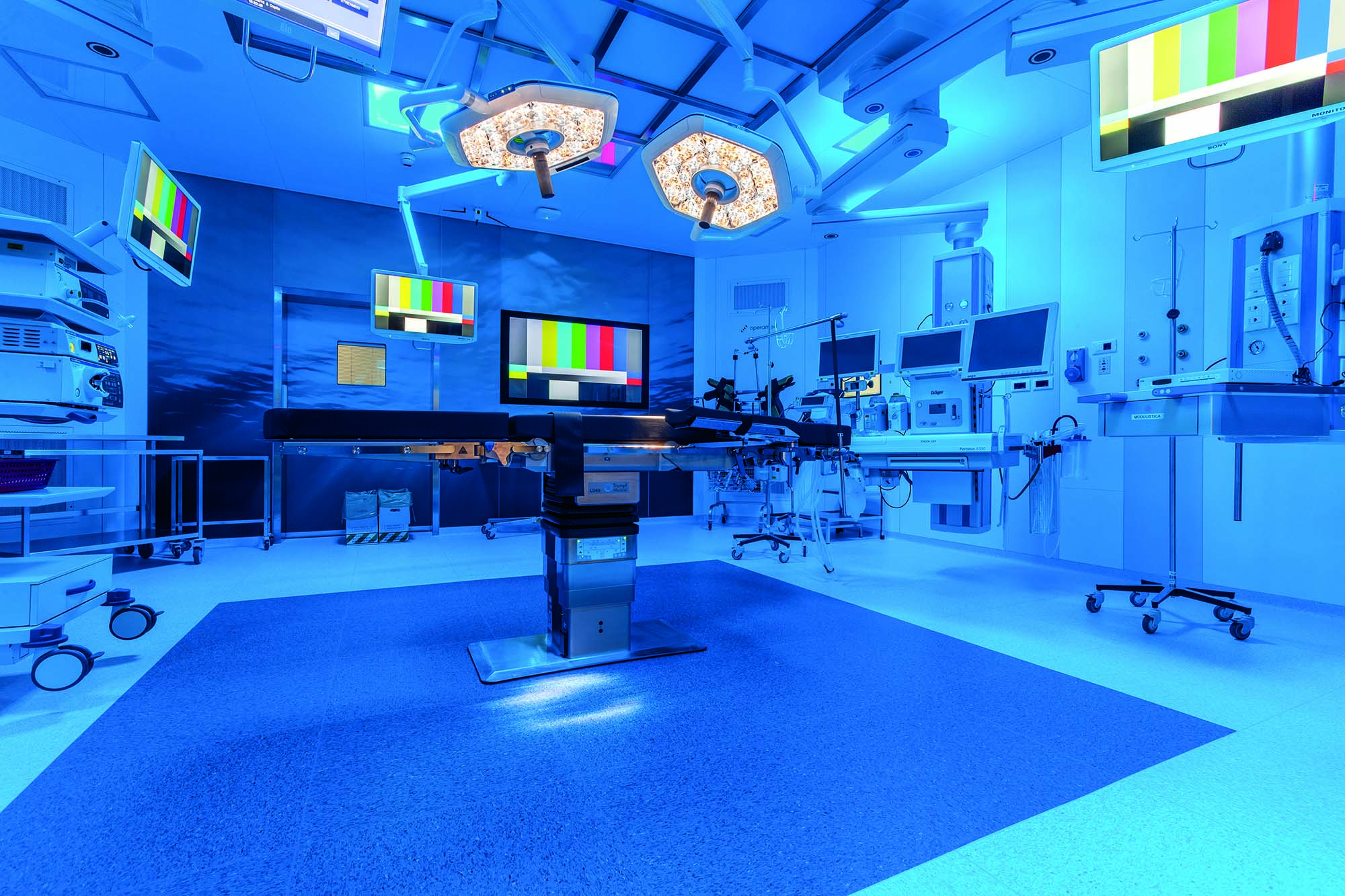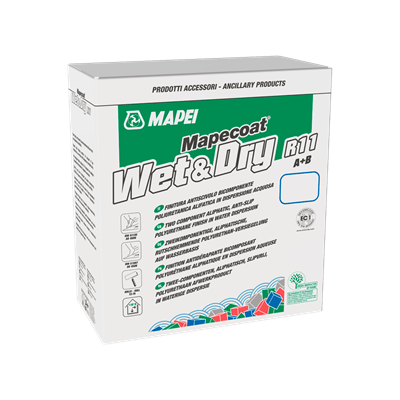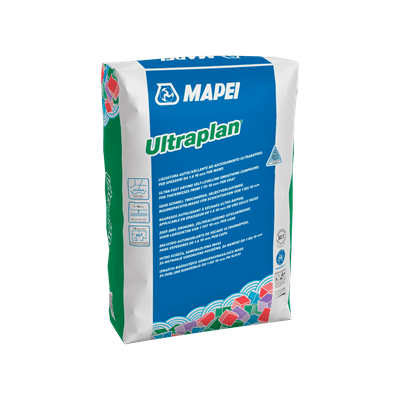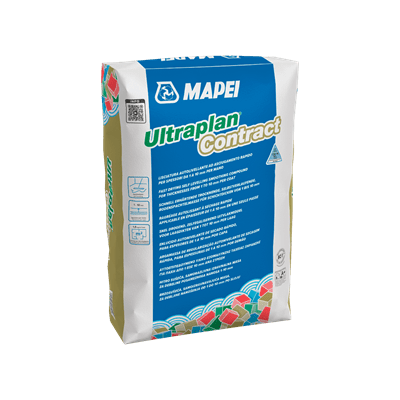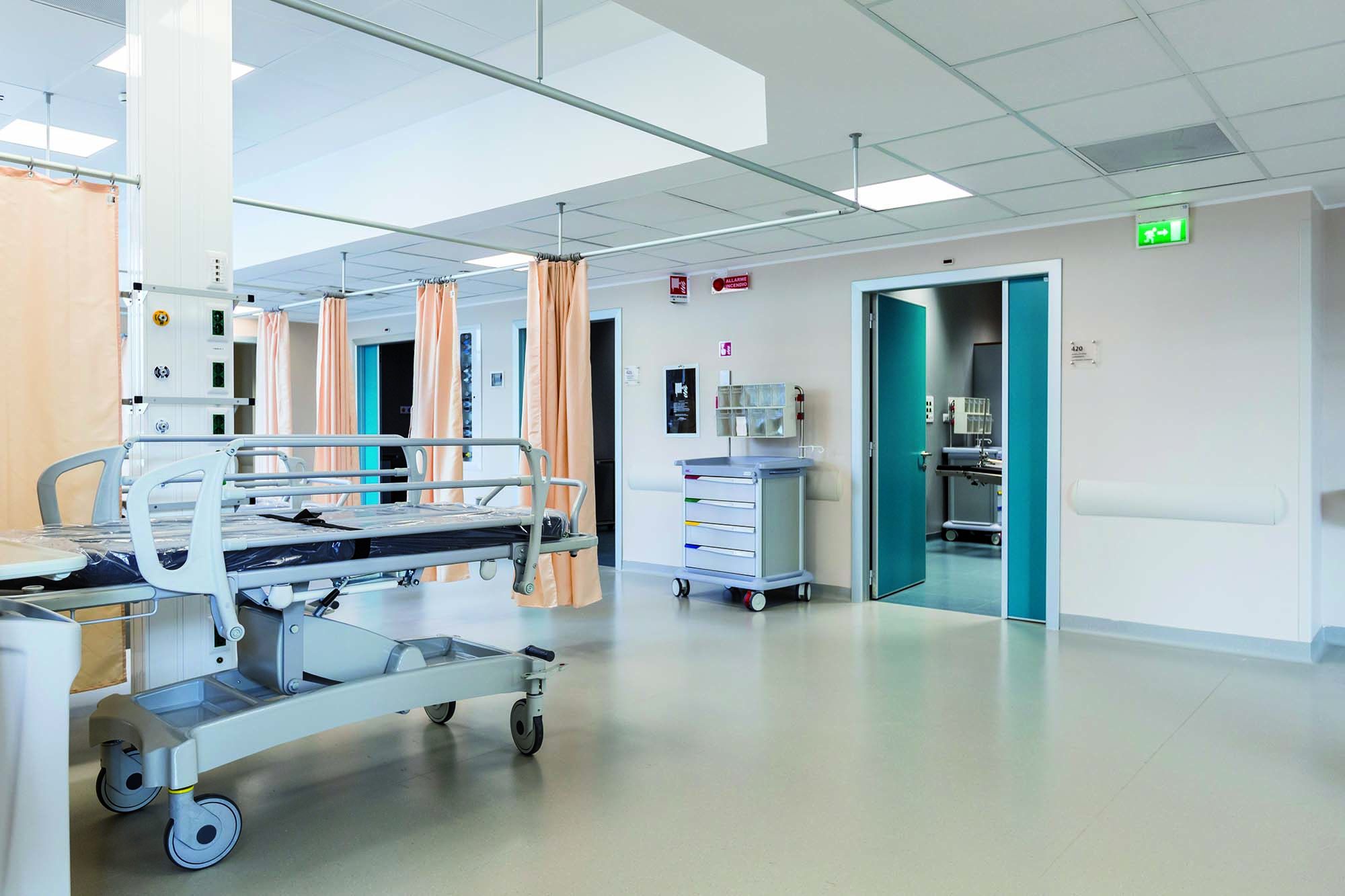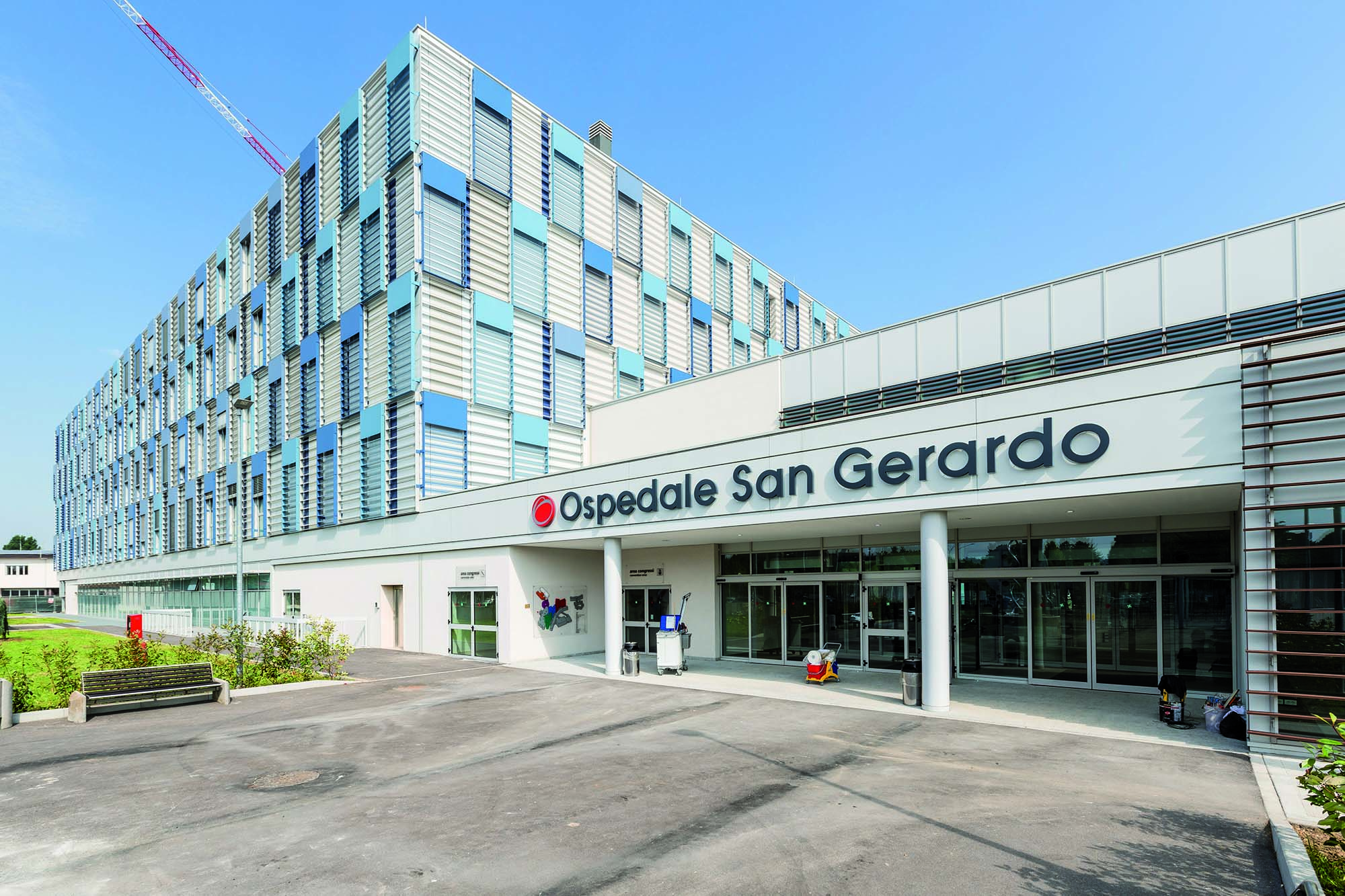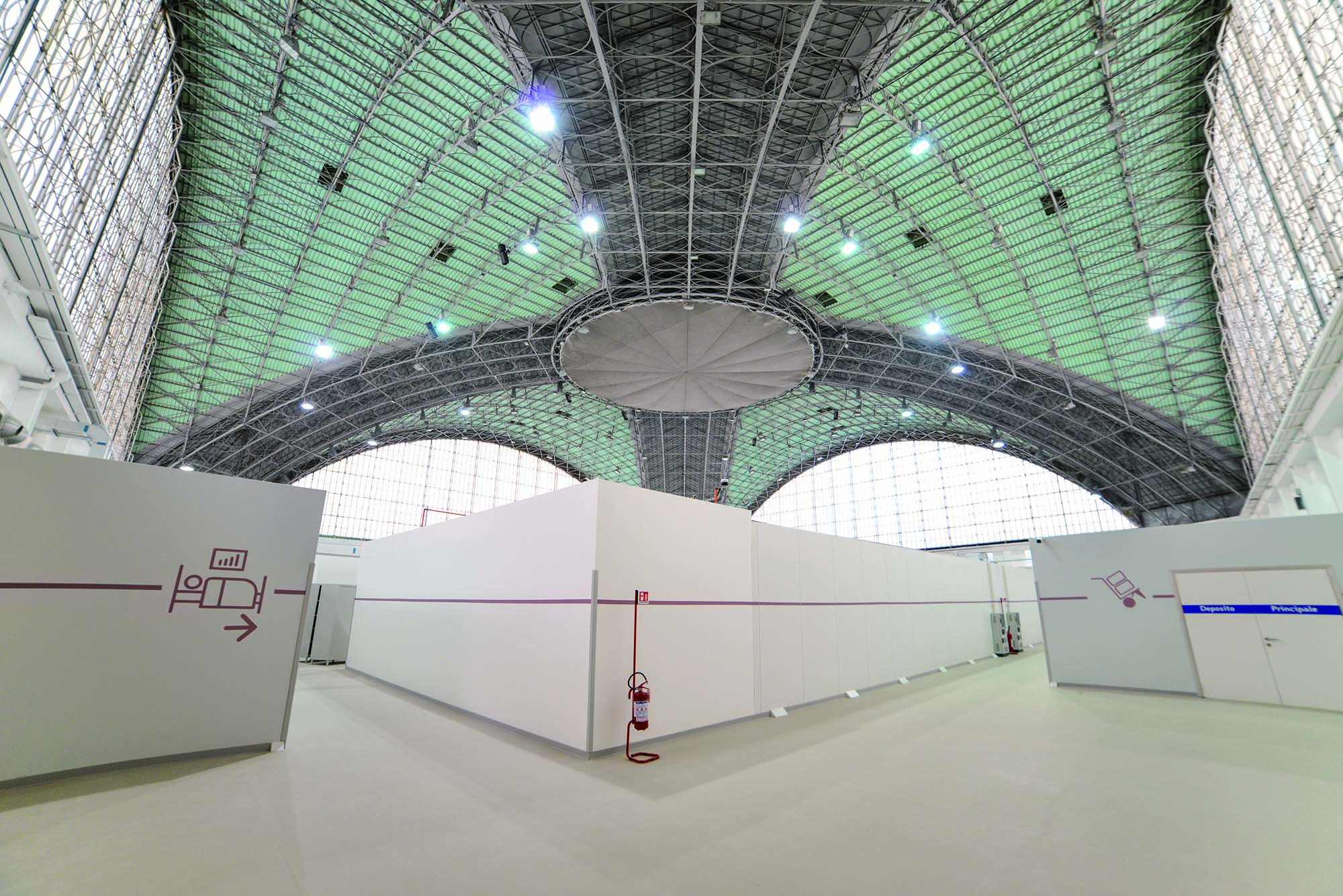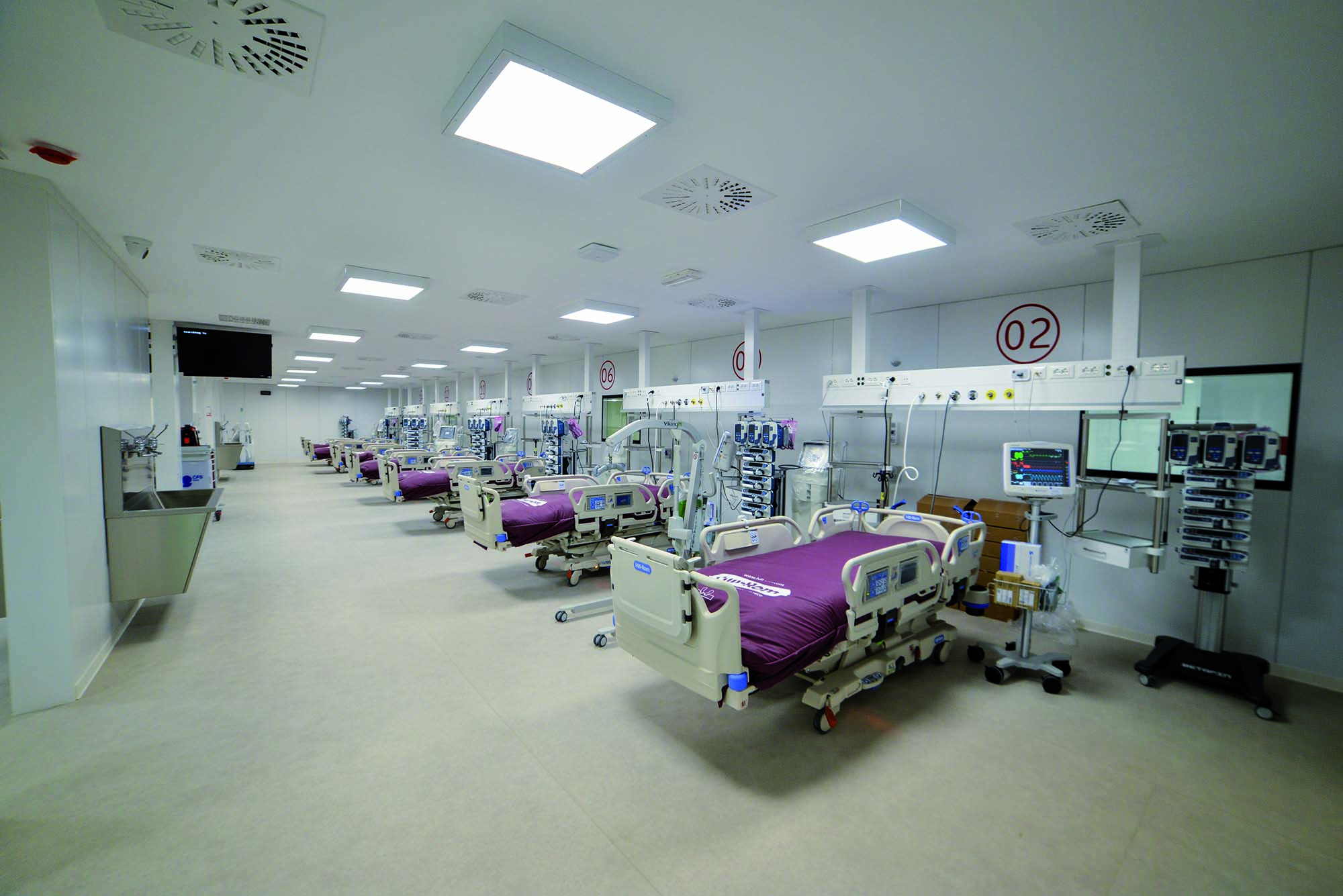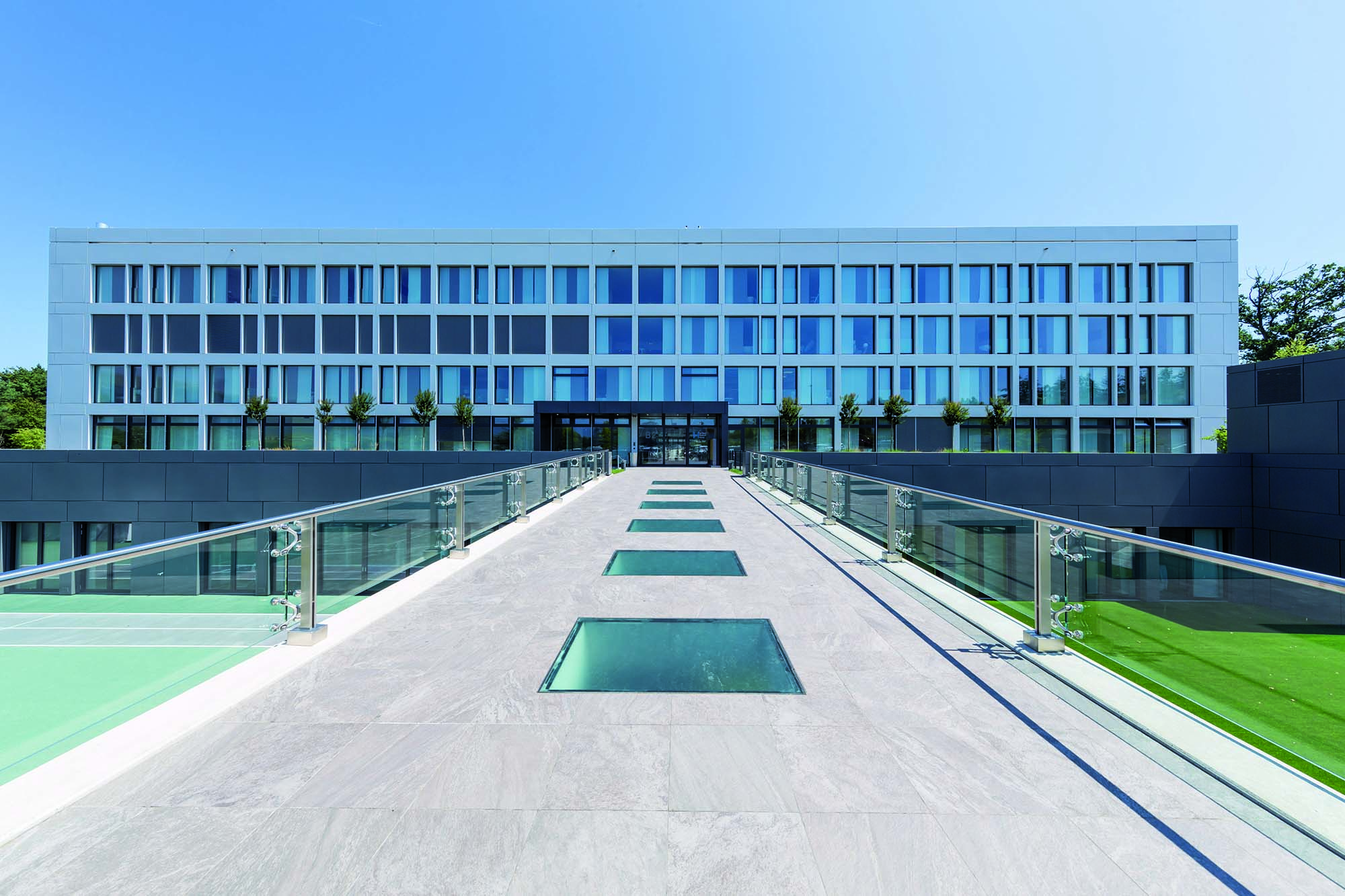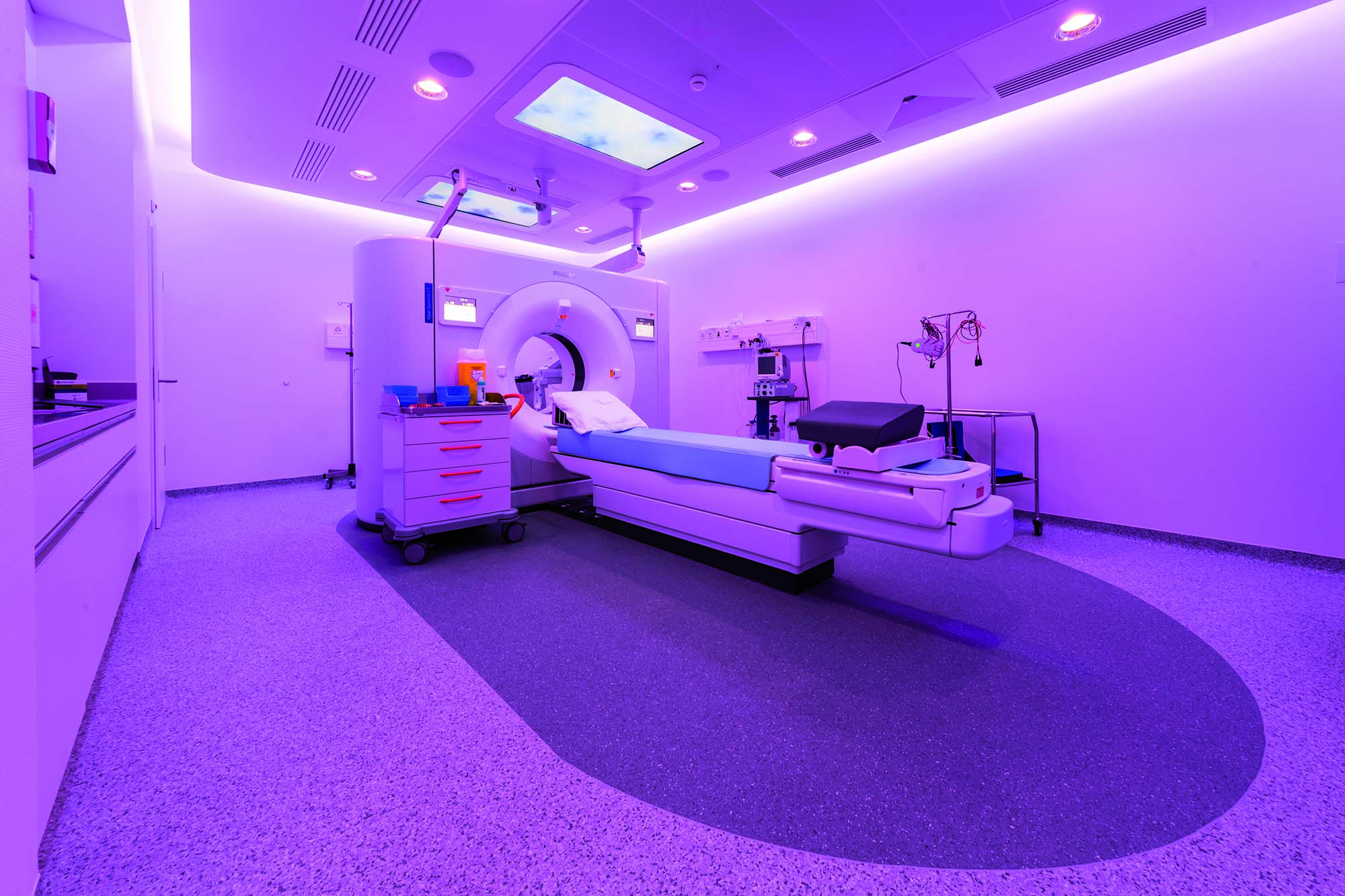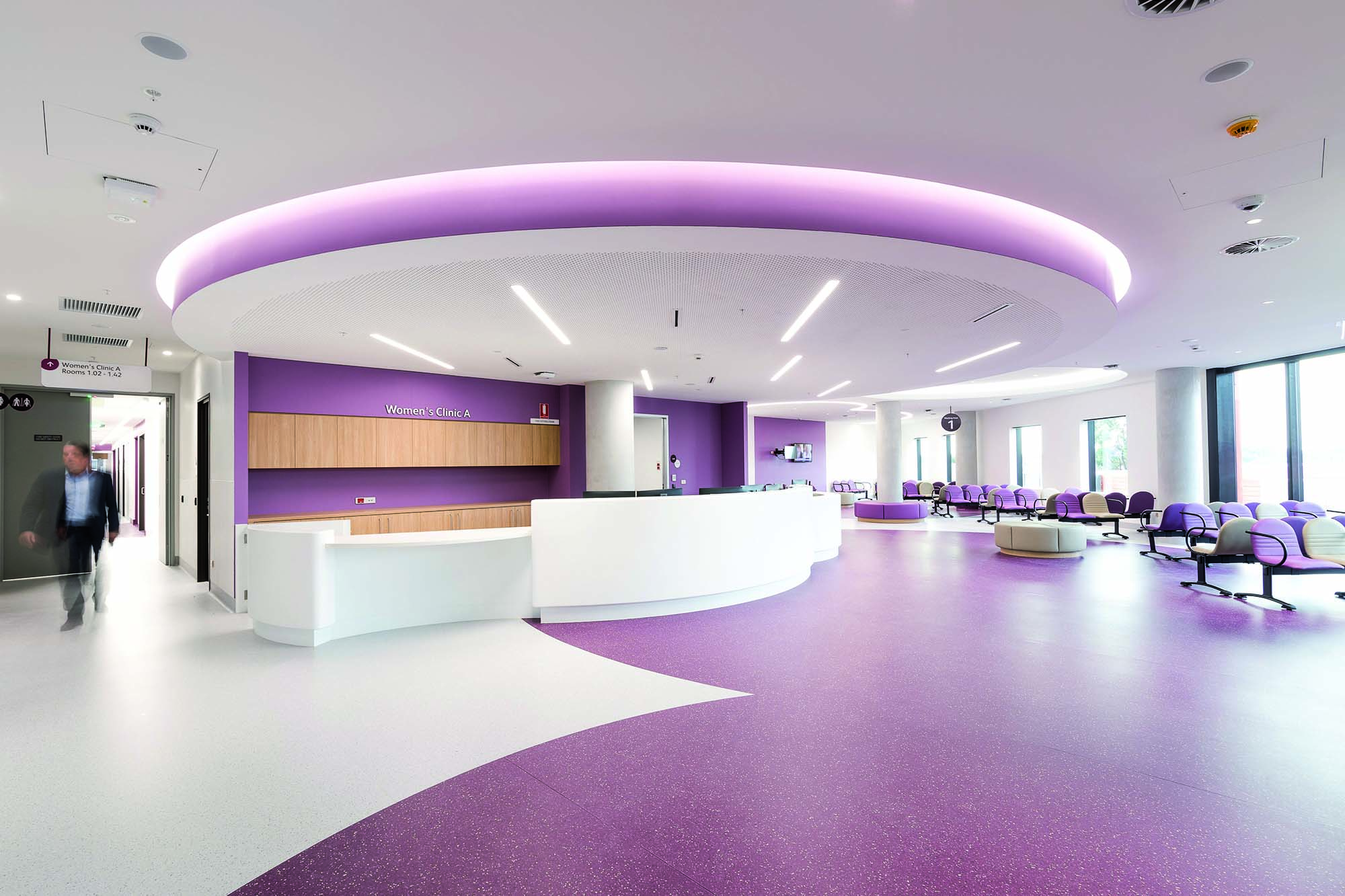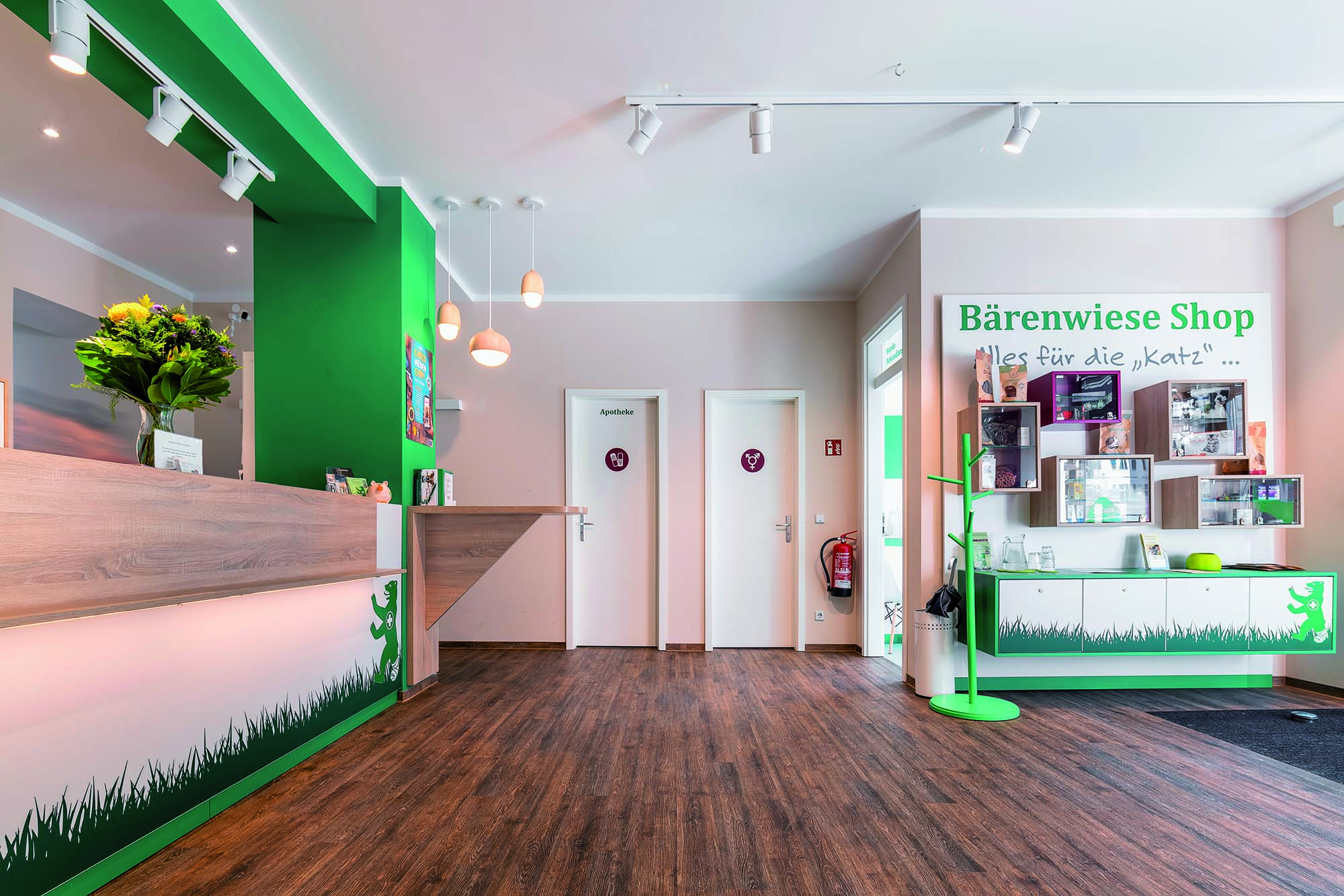Resilient materials: the strong points
Flexibility, strength, resistance and hygiene. We talked about the main features of these floors with Paola Di Silvestro, Corporate Product Manager for the Resilient, LTV and Textile Product Lines.
Flexibility, strength, resistance and hygiene. we talked about the main features of these floors with Paola Di Silvestro, Corporate Product Manager for the Resilient, LTV and Textile Product Lines.
What are the main reasons for opting for resilient floor and wall coverings in hospitals?
Resilient materials represent a good balance when trying to meet the various requirements for flooring in hospitals. They guarantee a seamless surface that can be made to “climb” the walls, thereby eliminating corners and edges in the flooring where dirt and bacteria can collect. This means they meet all the requirements regarding the levels of sanitisation normally expected in hospitals.
Resilient materials can also be installed and replaced very quickly. Hospitals seem to be continuous building sites and any renovation work needs to be carried out in as short a time as possible. You need flexibility and resilient floors are the most suitable for these changes.
The wide variety of resilient materials now available on the market means you can choose the most suitable one for the various settings. For example, in corridors subjected to intense levels of traffic, or in areas where heavy instruments are standing – such as in operating theatres – it is possible to opt for extra-resistant materials with the capacity to withstand much heavier levels of wear than normal. Their resistance, however, does not compromise on comfort, a feature which is just as important in hospitals: a comfortable floor that is also resistant to wear helps make the working day less tiring. And the fact that it is non-slip means it is also safer for hospital staff and patients.
Resilient flooring itself is highly technical but, at the same time, it allows you to create colour co-ordinations and patterns that help make surroundings more pleasant and welcoming, and you can also make it easier for people to find their way around by applying markings.
Lastly, I would also like to highlight how resilient floors throughout this sad period have made a contribution, and are still contributing, to the building of new hospitals in record time, and often without being bonded, while maintaining their required monolithic nature. Temporary hospitals, reconversions of existing structures and field hospitals are the answer to the ongoing healthcare emergency. For these types of setting, too, designers tend to choose resilient flooring and opt for “fast-track” installation systems, which allow floors to be put into service very quickly, while at the same time guaranteeing maximum functionality and durability.
In order to obtain a floor covering that can withstand intense traffic without showing up defects over the years, it is essential to install coverings on an adequate substrate. What characteristics should it have?
We can never overlook the importance of creating an adequate substrate to properly install floors. Mechanically strong and resistant, dry and/or smooth: that is how a substrate should be if it is to receive resilient flooring.
Resilience is a property that makes these types of floor unique and special and gives them the ability to absorb impacts and deformations without becoming damaged. It is thanks to this characteristic that loads acting on resilient flooring are not distributed over the surface; rather, they are transferred directly to the substrate which is made up, in most cases, of a screed and a skim coat, and must have the appropriate mechanical characteristics to support the loads.
For this reason, Italian standar UNI11515-1 specifies that the compressive strength of screeds taken after 28 days must be 30 N/mm2.
Mapei offers specific solutions made up of pre-blended mortars, binders, additives and special fibres in order to make screeds that comply with the most varied performance requirements. Since resilient floor and wall coverings are also impermeable and are not breathable, it is necessary to verify that substrates are completely dry and sufficiently insulated against sources of rising damp prior to their installation: if they do not meet these criteria, the flooring could swell or become detached.
According to UNI 1151-1, the level of residual moisture in the screed must be less than 2% throughout its entire thickness. With screeds made from sand and cement, it takes months to reach this kind of level and sometimes, to speed up installation of the flooring, you have to intervene by laying an expensive moisture barrier. TOPCEM PRONTO and MAPECEM PRONTO pre-blended screed mortars, on the other hand, allow portions of screed to be rebuilt that dry quickly (4 days) or very quickly (24 hours).
Lastly, because of the reduced thickness characteristic of resilient floors, the sustrate must be flat and smooth to avoid any imperfections and irregularities becoming visible on the surface of the floor.
For instance, UNI 11515-1 standard prescribes that, if they are subjected to the types of stresses and loads typically associated with hospital surroundings, then they must be at least class CTC25F5 A2fl, which means their compressive strength must be at least 25 N/mm2.
Mapei also offers specific solutions for skimming and levelling off substrates in healthcare settings made up of primers, skimming and smoothing compounds and other complementary products. The range of self-levelling smoothing compounds specific for flooring in healthcare structures has evolved considerably over the years and become more extensive with the introduction of innovative products. Over the course of the last year, for example, the ULTRAPLAN family has become larger with the introduction of the latest additions, ULTRAPLAN CONTRACT and ULTRAPLAN TRADE.
Problems are sometimes caused by incorrect installation procedures. What can you do to put things right?
Only if you have considerable knowledge of resilient flooring can you be aware of the numerous solutions it offers and how important it is to design this type of flooring carefully. Just as important is how the work is carried out by the floor layer during the “installation process”. In fact, it is during the installation phase that resilient flooring is prepared in order to carry out its most important function: to be a reliable solution, for many years, right under our feet.
In healthcare structures it is absolutely essential to carry out repair work as quickly as possible. Do Mapei products take this into consideration and, if so, how?
Hospitals and care homes are often the subject of significant improvement, expansion and renovation projects. Renovation work needs to be carried out as quickly as possible to avoid impacting on the services available to patients. You need flexibility and resilient floors are the most suitable for these changes.
Mapei has a range of “Fast Track Ready” solutions available, made up of pre-blended screed mortars, primers, smoothing and levelling compounds, adhesives and complementary products, that allow floors to be put into service extremely quickly, thereby avoiding having to put a stop to important activities for long periods of time, while at the same time guaranteeing maximum functionality and durability over the years.
Which innovations – the result of work carried out by the Mapei Research & Development team – have proven to be the most significant regarding their use in hospitals?
Since the company was founded, Mapei has developed a complete range of products and integrated systems for installing resilient flooring in hospitals and healthcare structures. Mapei products and systems also meet the most varied requirements of designers and of those who use them. And we intend continuing along this path by proposing specific cutting-edge, reliable and professional product lines, with particular attention on sustainability, performance properties, ease of installation and rapid solutions.
Manufacturers of resilient flooring have introduced innovative types of products to the international market, highlighting the aspects that contribute to people’s wellbeing and promoting naturalness and sustainability.
Volatile organic compounds (VOC ) emissions for resilient flooring, evaluated after 28 days , range between 10 μg/m3 and 100 μg/m3, that is, from 10 to 100 times lower than the levels required for the German and French markets, and from 15 to 150 times lower than the levels required for the CAM (Minimum Environmental Criteria) protocol, prescribed by the Italian Ministry of Environment, which is mandatory for public procurements in Italy. Not only are they 100% recyclable, in many cases they may also be “re-used” at the end of their service life as active compounds in the production of new resilient flooring.
Mapei develops products and solutions that have a low impact on the environment and measures the environmental effects they have during their whole life cycle by applying LCA (Life Cycle Assessment) methodology, and documenting the results by using EPDs (Environmental Product Declarations). Most Mapei adhesives have very low emission levels of VOC and are certified Emicode EC1PLUS (GEV), Blauer Engel (the German Ecolabel) and M1 (Finnish certification released by Building Information Foundation, RTS).
Amongst the innovative products introduced to the market in recent years, of particular interest to the hospitals sector is MAPECOAT WET & DRY R11, a transparent, protective finish for all types of resilient flooring. Apart from being easy to apply and having a non-slip finish, it is characterised by its resistance to aggressive chemicals, cleaning products and disinfectants. Its formulation was recently improved by adding special, wide-spectrum biological protective agents with the capacity to contrast the deposit and proliferation of bacteria on surfaces, including those washed and disinfected frequently. This means perfect protection, high level of hygiene, and compliance with ISO 22196 standards (Measurement of antibacterial activity on plastics and other non-porous surfaces).






